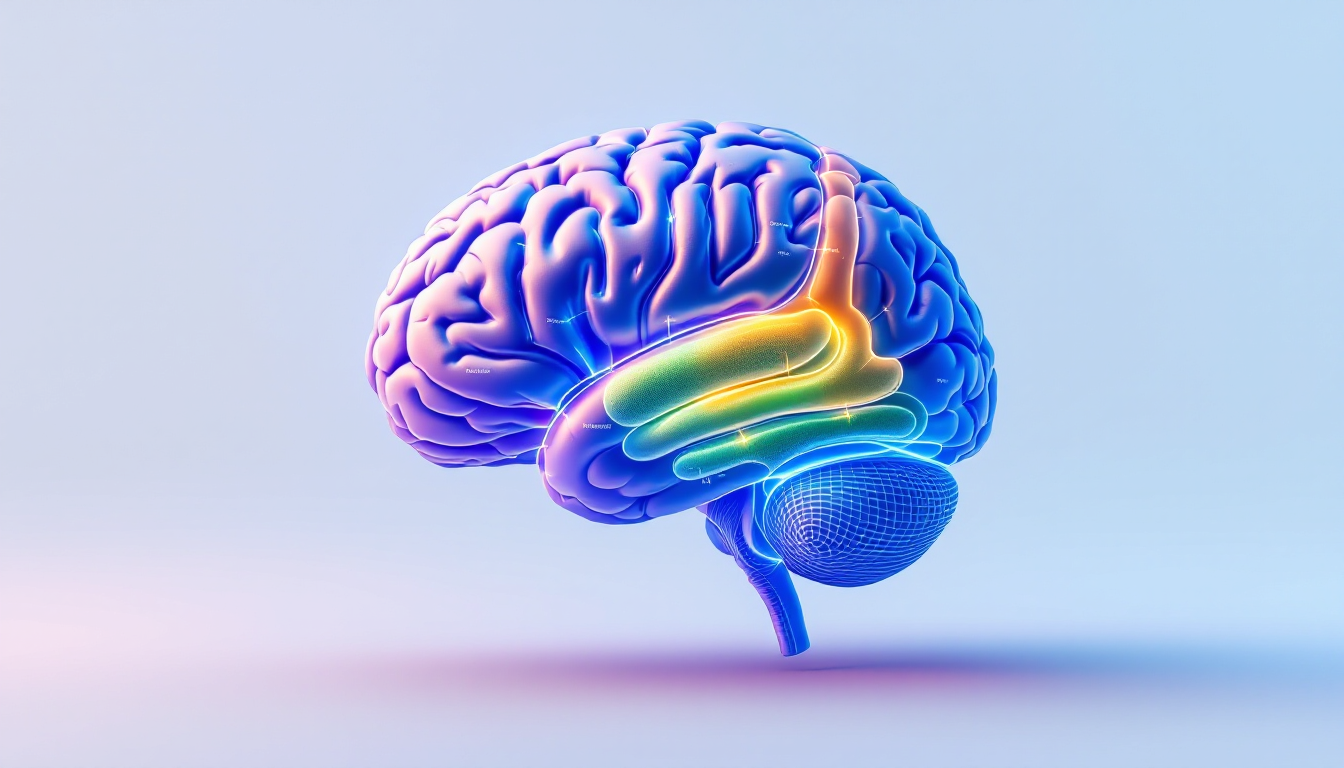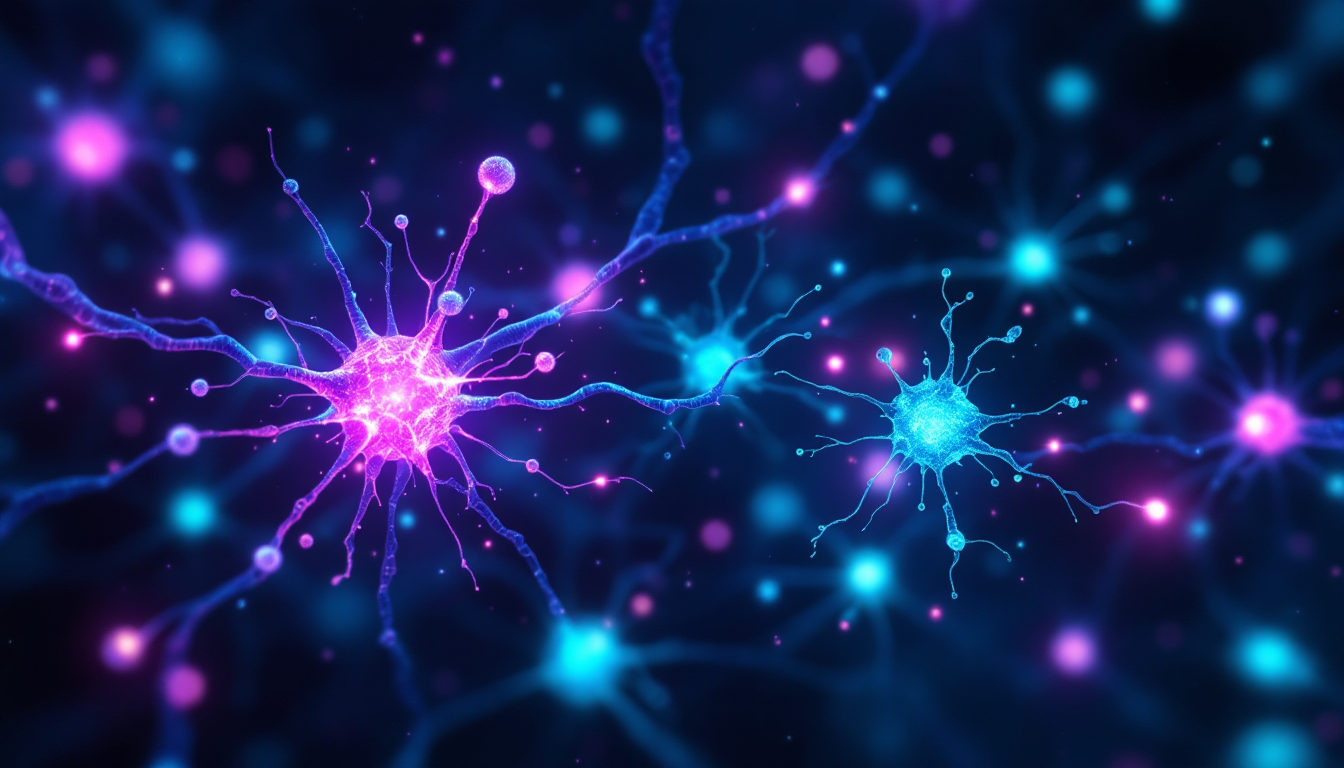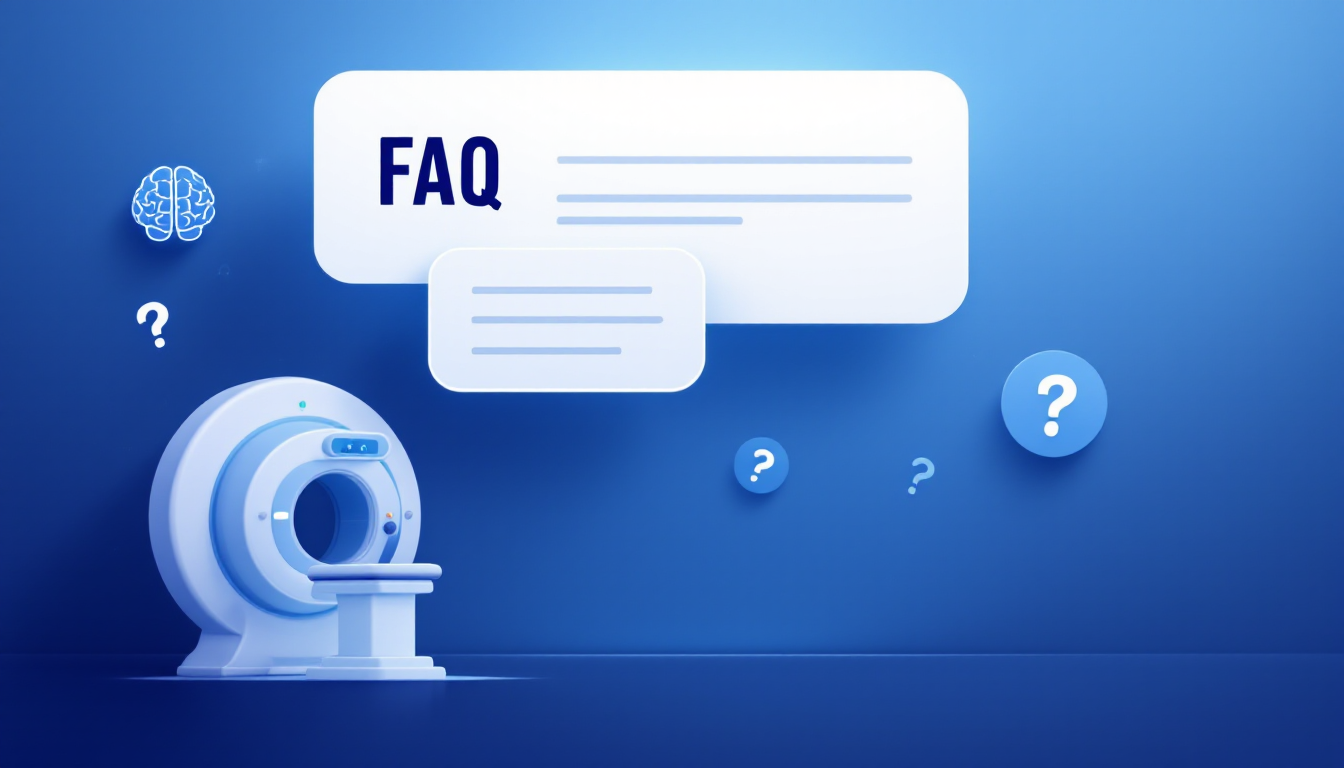The Neuroscience of ADHD in Simple Terms: How ADHD Affects the Brain & What It Means for You

Attention-Deficit/Hyperactivity Disorder (ADHD) is often misunderstood as a simple matter of being "unfocused" or "overly energetic." However, the root causes of ADHD are deeply embedded in the complex science of the brain. While the terminology can be intimidating, understanding the basic neuroscience behind ADHD can be a game-changer for individuals with the condition, their parents, teachers, and healthcare providers. This article aims to break down the neuroscience of ADHD into simple, easy-to-understand terms, shedding light on what's happening in the ADHD brain.
What Is ADHD From a Neuroscience Perspective?

At its core, ADHD is a neurodevelopmental disorder. This means that the development of the brain in individuals with ADHD is different from those without the disorder. These differences primarily affect certain brain circuits and the chemical messengers that help brain cells communicate.
Think of your brain's communication system as a complex "traffic control" network. In a neurotypical brain, this system directs the flow of information smoothly. In an ADHD brain, this traffic control can be inconsistent. This is largely due to the way certain neurotransmitters, which are like the brain's "messengers," function. The two key messengers involved in ADHD are dopamine and norepinephrine.
Key Brain Areas Affected by ADHD
Several key areas of the brain are particularly important in understanding ADHD. Let's look at them with some simple analogies:
The Prefrontal Cortex: The Brain's Control Center
Located at the very front of the brain, the prefrontal cortex is responsible for what are known as "executive functions." This includes the ability to focus, plan, make decisions, and control impulses. For someone with ADHD, this "control center" can be less active or develop more slowly. This can make it challenging to stay on task, think through consequences before acting, and manage time effectively.
The Basal Ganglia: The Motivation and Reward Hub
Deep inside the brain, the basal ganglia play a crucial role in motivation, reward processing, and forming habits. In individuals with ADHD, this area may function differently, making it harder to feel motivated for tasks that aren't immediately rewarding. This is why someone with ADHD might be able to "hyperfocus" on a video game they love for hours but struggle to complete a few math problems.
The Cerebellum: The Coordination and Timing Center
Traditionally known for its role in physical coordination and balance, scientists now understand that the cerebellum also helps with the coordination of our thoughts and the timing of our mental processes. In ADHD, differences in the cerebellum can contribute to difficulties with tasks that require fine-tuned mental timing and consistency.
How ADHD Impacts Brain Chemicals

As mentioned earlier, dopamine and norepinephrine are the primary neurotransmitters implicated in ADHD.
Dopamine is often called the "feel-good" chemical, but its role is much more complex. It's heavily involved in motivation, focus, and reward. In the ADHD brain, there appears to be a deficit in the way dopamine is used. Imagine trying to send a text message with a very weak signal; the message might not get through clearly or consistently. This is similar to how dopamine signals can be less effective in the ADHD brain, making it difficult to stay engaged and motivated.
Norepinephrine is another crucial neurotransmitter that helps with alertness, attention, and regulating our response to events. A lack of this chemical can lead to difficulties with maintaining focus and can contribute to feelings of mental fatigue.
Common Symptoms Explained Through Brain Science
Understanding these brain differences helps to explain the common symptoms of ADHD:
- Inattention: This is linked to the underactivity in the prefrontal cortex and the inefficient signaling of dopamine and norepinephrine.
Imaging Studies: What Brain Scans Show About ADHD
Modern brain imaging techniques like Magnetic Resonance Imaging (MRI) and functional MRI (fMRI) have allowed scientists to see these differences. While brain scans are not currently used to diagnose ADHD, research has shown some consistent findings:
- Some studies have found that certain brain regions, particularly the prefrontal cortex, may be slightly smaller in volume in individuals with ADHD.
- fMRI studies, which measure brain activity, have shown that people with ADHD often have different patterns of brain activation when performing tasks that require focus and attention.
It's important to remember that these are subtle differences. Think of it as the ADHD brain working with a slightly different blueprint, not a defective one.
Why Understanding ADHD Neuroscience Matters
Grasping the science behind ADHD can have a profound impact:
-
For Individuals with ADHD: It can be validating to know that their challenges are due to brain-based differences, not a lack of willpower or character flaws.
-
For Parents and Teachers: This knowledge fosters empathy and can lead to more effective and compassionate strategies for supporting children with ADHD.
-
For Treatment Choices: Understanding the neurobiological basis of ADHD highlights why science-backed interventions are effective. Medications for ADHD, for instance, work by helping to correct the imbalances in dopamine and norepinephrine. Behavioral therapies and coaching can help individuals develop strategies to work with their unique brain wiring.
Conclusion
The neuroscience of ADHD reveals that it is a complex neurodevelopmental disorder with clear biological roots. The challenges experienced by individuals with ADHD are not a choice but are the result of differences in brain structure, function, and chemistry. By simplifying this science, we can move away from stigma and toward greater understanding, empathy, and effective support.
Frequently Asked Questions (FAQ)

What part of the brain is most affected by ADHD?
The prefrontal cortex is considered one of the most significantly affected brain regions in ADHD. This area is responsible for executive functions like focus, planning, and impulse control, which are often challenging for individuals with ADHD.
Does ADHD change brain structure?
Research has shown that there can be subtle differences in the brain structure of individuals with ADHD. For example, some studies have indicated that certain areas, like the prefrontal cortex and basal ganglia, may have a slightly smaller volume. However, these are average findings, and not every person with ADHD will have these specific brain differences.
Can brain scans diagnose ADHD?
No, brain scans like MRI and fMRI are not currently used to diagnose ADHD. A diagnosis is made through a comprehensive clinical evaluation that includes a detailed history of symptoms and their impact on daily life. While brain imaging is a valuable research tool for understanding ADHD, it is not yet a diagnostic tool.


